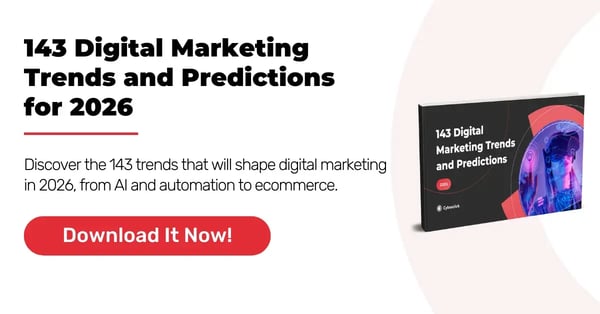A loyalty card is a physical or virtual tool used by many companies to offer a series of benefits to customers when they purchase a product or service. It can also be important for digital marketing.
The goal of this type of card is to foster customer loyalty through discounts, points, gifts, and other incentives earned with each purchase. Typically, a loyalty card is free and aims to enhance the customer experience, encourage repeat purchases, and boost sales through these incentives.
How Loyalty Cards Work and Their Benefits
The operation of a loyalty card is very straightforward. The customer registers and provides their personal details to be assigned a card (physical or virtual) with a unique personal identification code. From there, for each purchase or service contracted, the customer accumulates points, discounts, or other benefits in their account.
Brands use this type of sales strategy because it offers numerous benefits, including increased customer satisfaction by allowing people to pay less for a product or service or receive certain gifts, making the shopping experience more attractive and rewarding. This, in turn, leads to increased sales, as customers with accumulated points feel more tempted to make purchases.
It has also been observed that brands with a loyalty card are more frequently recommended by customers compared to those without one. This is directly related to consumer satisfaction, as a more positive experience increases the likelihood that the customer will recommend a brand to family and friends.
Additionally, loyalty cards improve the corporate image and provide valuable information about purchasing behavior, which can be used to launch more effective marketing and sales strategies.
How to Create Your Loyalty Card
To create an effective loyalty card, you need to establish a clear objective. This means knowing or deciding what you want to achieve with the card. From there, you can choose the most appropriate type of card, such as a discount card to encourage repeat purchases, a points card to increase overall sales, a gift card to establish a good initial relationship with the customer, or a premium card to retain customers.
The next step is to define the loyalty plan, which involves offering the customer a gift or benefit that is both profitable and sustainable for the company in the short and long term. This also includes implementing software or tools to manage this effectively.
The loyalty card also needs a name that customers can directly associate with the brand and an image that aligns with it.
Once created, the next step is to promote it and offer it to customers so the sales strategy can proceed. This entire process must be properly recorded in the software chosen to manage the loyalty cards.
It is important to periodically analyze the results of the strategy. This involves assessing whether the initial objectives are being met, if customers are satisfied with their loyalty cards, and if there is anything that needs improvement or change. Besides evaluating the numbers, it is also important to listen to customer feedback.
Examples of Loyalty Cards
Many companies have loyalty cards. Here are a few examples:
- United MileagePlus Card: This loyalty program from United Airlines offers rewards such as 2x miles on United purchases or free checked bags for cardholders. These miles can be redeemed for future travel.
- Kroger Rewards World Elite Mastercard: This large supermarket chain in the United States offers cash back rewards both inside and outside of their store, as well as fuel points per gallon of gas. They also offer 2,000 rewards points for the referral of a friend.
- Amazon Prime Store Card: This multinational ecommerce company offers a highly-ranked card that gives cardholders 5% back on Amazon.com. They also offer Prime Store Cardmembers access to exclusive offers on select items on the site.
In conclusion, a loyalty card is an excellent tool for companies looking to retain customers by increasing satisfaction, improving the customer experience, and making the brand more attractive. The key is to find the strategy that fits well with your company and meets the desires and needs of your target audience.
Licenciada en Publicidad y Relaciones Públicas por la UAB. Digital Marketing Strategist en Cyberclick.
Degree in Advertising and Public Relations from the UAB. Digital Marketing Strategist at Cyberclick.







Leave your comment and join the conversation